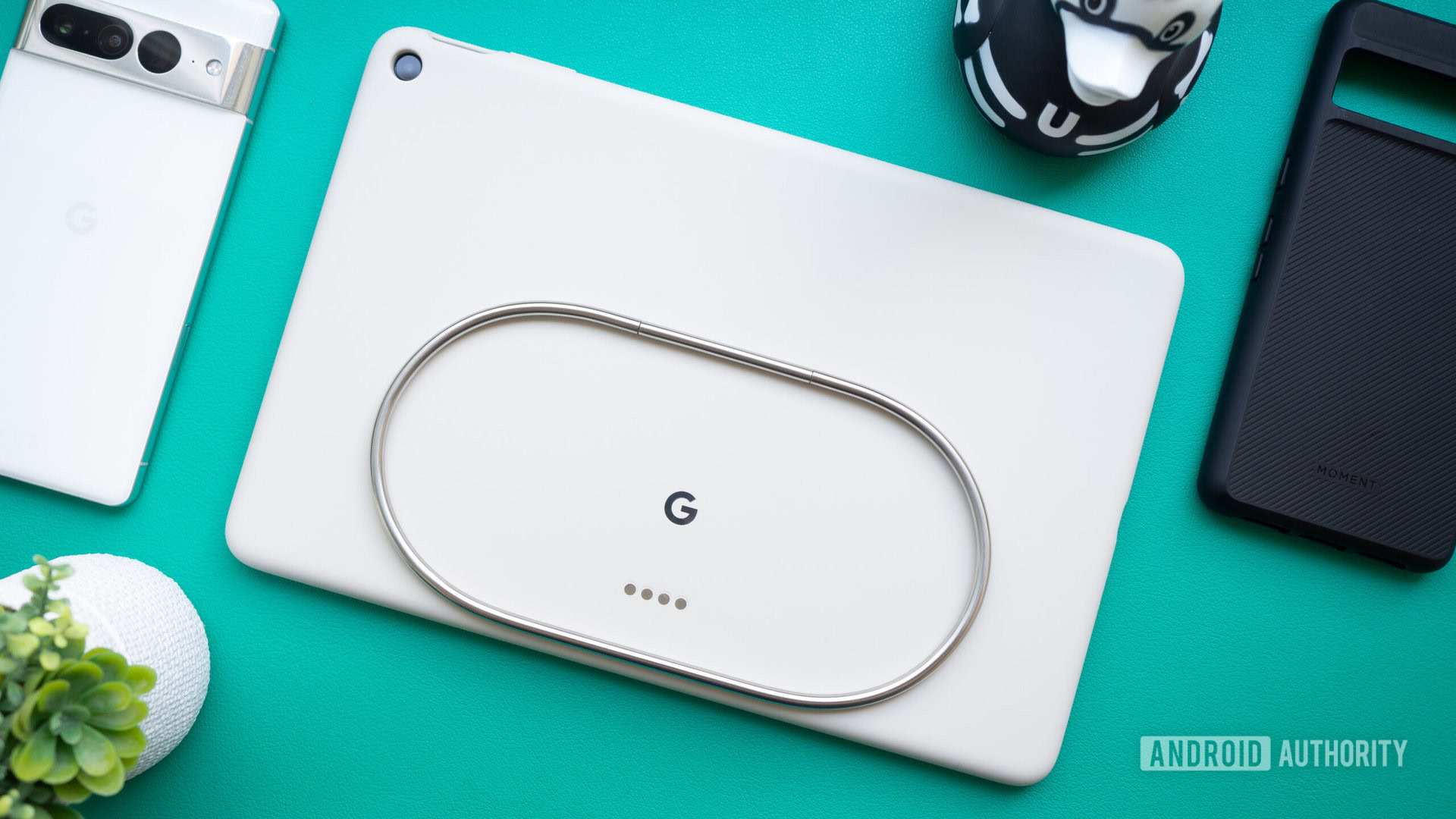Japan’s Smart Lander for Investigating Moon (SLIM) has been revived, more than a week after the probe lost electricity following its problematic lunar landing on January 20th, leaving it upside-down with its solar panels facing the wrong way. On Monday, the Japan Aerospace Exploration Agency (JAXA) announced that communication with the SLIM spacecraft had been restored, and operations to search for clues about the Moon’s origins had resumed. JAXA had anticipated that a change in sunlight direction could allow the probe’s battery to be recharged from its awkwardly angled solar panels. It’s uncertain how long this power will last — the agency previously said that SLIM was not designed to survive a lunar night, which will next occur on Thursday. Images of the lunar surface taken by SLIM’s multi-band spectral camera before the spacecraft’s power was initially disabled were released on January 25th. Today, JAXA released another image of the “toy poodle” rock formation photographed by SLIM. Although the mission encountered landing issues due to one of the SLIM spacecraft’s main engines failing, causing it to tumble over, the successful soft landing makes Japan the fifth nation to land a spacecraft on the moon, alongside the US, China, India, and the former Soviet Union, according to Reuters. An image of the lander’s awkward touchdown position was photographed by one of the two small “baseball-sized” transforming robots ejected during landing. Despite the mishap, SLIM’s mission itself was considered a success by JAXA after landing within an “unprecedented” 180 feet of its target — a demonstration of vision-based “pinpoint” landing technology that the space agency hopes could be a valuable tool in advancing Lunar exploration.
Japan’s Moon probe regains power after landing upside-down nine days ago
/cdn.vox-cdn.com/uploads/chorus_asset/file/25254228/GEq8kYaaYAAioZA.jpeg)













